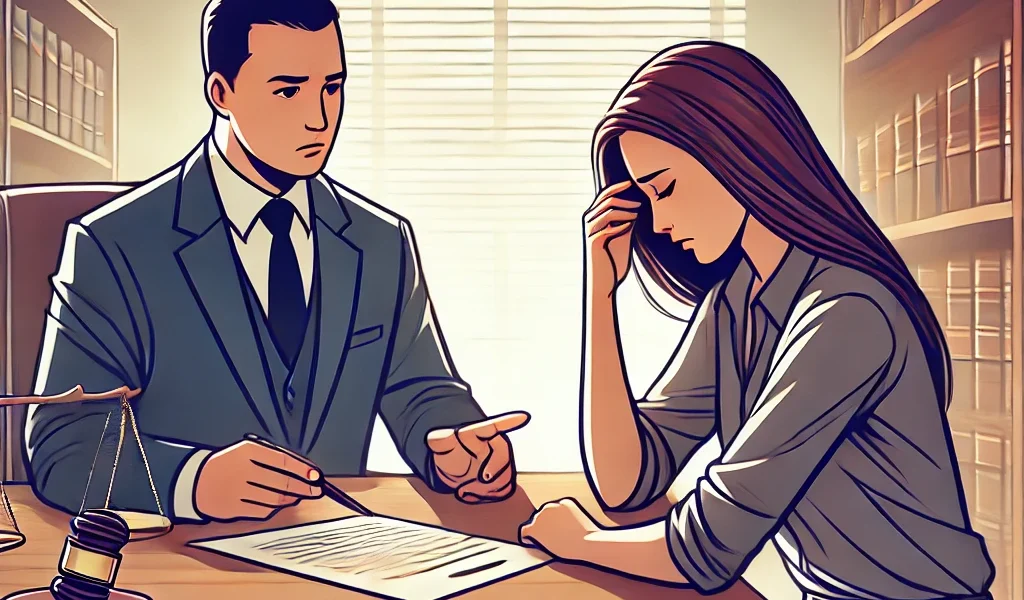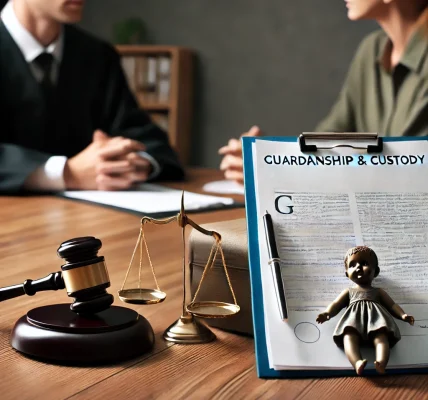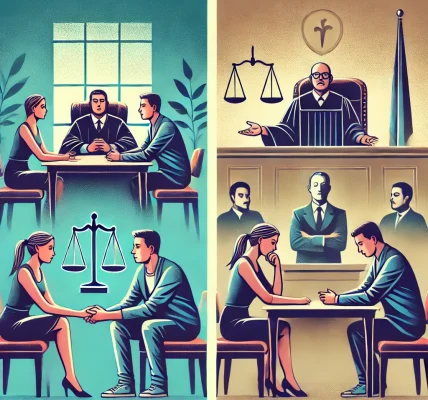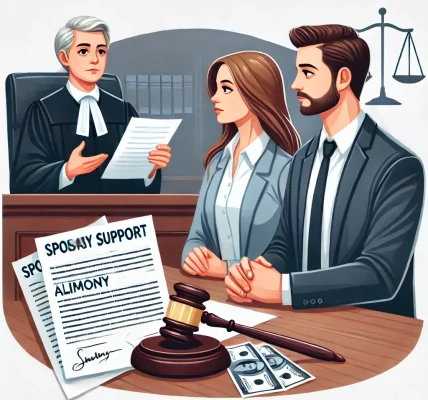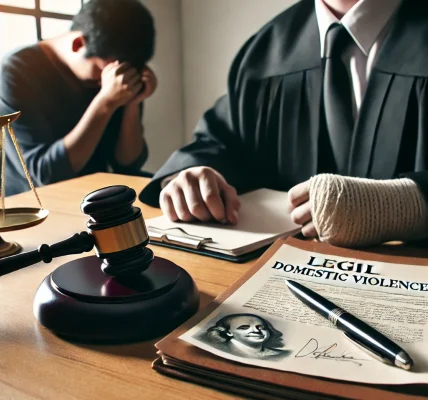Introduction
Domestic violence is a serious issue that affects individuals across all demographics. It can take many forms, including physical abuse, emotional abuse, financial control, and threats of harm. Fortunately, the legal system provides protective measures to help victims escape dangerous situations and seek justice. One of the most effective legal remedies for domestic violence victims is a protective order, which restricts the abuser’s ability to contact or approach the victim.
This guide explains what domestic violence is, the legal protections available, how to obtain a protective order, and how the law helps ensure your safety.
Disclaimer: This article is for informational purposes only and does not constitute legal advice. If you or someone you know is experiencing domestic violence, seek immediate assistance from local authorities or a legal professional.
Understanding Domestic Violence
Domestic violence, also referred to as intimate partner violence (IPV) or domestic abuse, involves a pattern of controlling, coercive, or violent behavior in a relationship. It can occur between spouses, partners, family members, or individuals living in the same household.
Types of Domestic Violence
- Physical Abuse: Hitting, slapping, choking, or using weapons to cause harm.
- Emotional & Psychological Abuse: Verbal insults, threats, intimidation, and gaslighting.
- Financial Abuse: Controlling finances, withholding money, or preventing employment.
- Sexual Abuse: Coercion, unwanted sexual contact, or sexual assault.
- Digital Abuse: Cyberstalking, harassment, or using technology to monitor or control.
Domestic violence often escalates over time, making early intervention critical.
Legal Protections for Domestic Violence Victims
1. Protective Orders (Restraining Orders)
A protective order (also called a restraining order) is a legal document issued by the court to prevent an abuser from having contact with the victim. This includes physical proximity, communication, and threats.
2. Criminal Charges Against the Abuser
- Domestic violence is a criminal offense in most jurisdictions.
- Law enforcement can arrest abusers for assault, harassment, stalking, or violating protective orders.
- Convictions may result in fines, probation, or jail time.
3. Emergency Shelter & Support Services
- Many organizations offer safe shelters for domestic violence survivors.
- Victims may receive counseling, legal aid, and financial assistance.
4. Child Custody & Protection
- Courts prioritize child safety in domestic violence cases.
- Protective orders can include custody provisions to keep children safe from abusive parents.
How to Obtain a Protective Order
Step 1: Gather Evidence
To strengthen your case, collect any evidence of abuse, such as:
- Medical reports documenting injuries.
- Text messages, emails, or voicemails containing threats.
- Witness statements from family, friends, or neighbors.
- Police reports from previous incidents.
Step 2: File a Petition for a Protective Order
Visit your local family court, domestic violence court, or police station to file a protective order petition. You may need to provide details about:
- The abuser’s identity.
- Past incidents of violence.
- The type of protection you are seeking.
Step 3: Attend a Court Hearing
- A judge will review the case and may issue a temporary protective order immediately.
- The final hearing determines whether a long-term protective order is necessary.
Step 4: Enforcing the Protective Order
If the abuser violates the order, report it to the police immediately. Violating a protective order is a criminal offense and may result in arrest.
Types of Protective Orders
1. Emergency Protective Order (EPO)
- Issued immediately by law enforcement or a judge.
- Typically lasts 72 hours to a few weeks.
2. Temporary Protective Order (TPO)
- Granted before a full court hearing.
- Usually valid for a few weeks to a month.
3. Permanent Protective Order
- Issued after a full court hearing.
- Can last for several months to years.
- Some orders are renewable indefinitely.
4. No-Contact Orders
- Common in criminal cases.
- Prohibits any contact between the abuser and the victim.
What Happens If an Abuser Violates a Protective Order?
Violating a protective order is a serious offense and can result in:
- Immediate arrest and criminal charges.
- Fines and jail time.
- Stronger legal protections for the victim.
Always report violations to law enforcement immediately.
Additional Legal Options for Victims
1. Divorce & Separation
- Victims can file for divorce based on domestic violence.
- Courts may grant sole custody and financial support to victims.
2. Workplace Protections
- Some laws allow domestic violence victims to take leave from work for legal or medical reasons.
- Employers may provide security measures at work.
3. Immigration Protections
- Certain laws protect non-citizen victims from deportation.
- Victims may apply for special visas (e.g., U visa, VAWA self-petition) to stay in the country.
How to Stay Safe After Leaving an Abusive Relationship
1. Change Contact Information
- Get a new phone number and email address.
- Block the abuser on social media.
2. Secure Your Home
- Install security cameras and alarms.
- Change locks and passwords.
3. Inform Your Workplace & School
- Notify employers and teachers about the situation.
- Provide copies of the protective order.
4. Create a Safety Plan
- Have an escape route if needed.
- Keep emergency contacts and important documents accessible.
Conclusion
Domestic violence is a serious legal and personal issue, but the law provides strong protections for victims. Protective orders, legal actions, and support services help ensure safety and justice.
If you or someone you know is experiencing domestic violence, seek legal assistance and support from local organizations. Remember, help is available, and you are not alone.
For immediate help, call the National Domestic Violence Hotline at 1-800-799-SAFE (7233) or visit www.thehotline.org.
